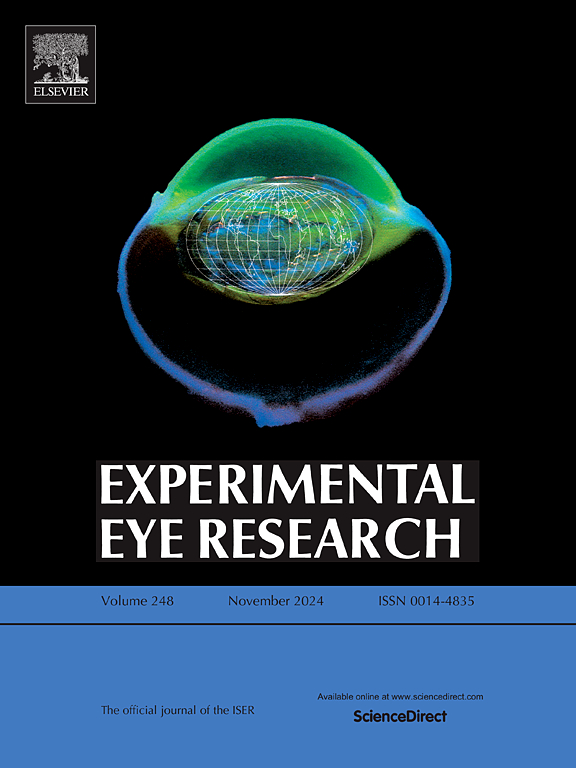单细胞RNA测序在人类视网膜类器官研究中的应用
IF 3
2区 医学
Q1 OPHTHALMOLOGY
引用次数: 0
摘要
单细胞RNA测序(scRNA-seq)通过详细分析视网膜类器官(ROs)内的细胞多样性,改变了视网膜发育和疾病的研究。多能干细胞产生的ROs模拟了人类视网膜的基本特征,为研究视网膜发育、细胞相互作用和疾病机制提供了有价值的体外模型。本文综述了scRNA-seq在RO研究中的应用,强调了其识别不同细胞群、揭示发育轨迹和揭示视网膜疾病分子特征的能力。scRNA-seq为视网膜神经发生、细胞多样性和视网膜退行性疾病的病理生理学提供了新的见解。这项技术使新的生物标志物和潜在的治疗靶点的鉴定成为可能。将scRNA-seq与其他技术,如空间转录组学和基于crispr的筛选相结合,可以进一步加深我们对视网膜生物学的理解,改进治疗策略。本文章由计算机程序翻译,如有差异,请以英文原文为准。
Single-cell RNA sequencing in the study of human retinal organoids
Single-cell RNA sequencing (scRNA-seq) has transformed the study of retinal development and diseases by enabling a detailed analysis of cellular diversity within retinal organoids (ROs). ROs generated from pluripotent stem cells mimic the essential characteristics of the human retina and provide a valuable in vitro model for investigating retinal development, cell interactions, and disease mechanisms. This review summarizes the application of scRNA-seq on RO research, emphasizing its capacity to identify distinct cell populations, uncover developmental trajectories, and reveal the molecular signatures of retinal diseases. scRNA-seq provides new insights into retinal neurogenesis, cellular diversity, and the pathophysiology of retinal degenerative diseases. This technology has enabled the identification of novel biomarkers and potential therapeutic targets. Integrating scRNA-seq with other technologies, such as spatial transcriptomics and CRISPR-based screening, can further deepen our understanding of retinal biology and improve treatment strategies.
求助全文
通过发布文献求助,成功后即可免费获取论文全文。
去求助
来源期刊

Experimental eye research
医学-眼科学
CiteScore
6.80
自引率
5.90%
发文量
323
审稿时长
66 days
期刊介绍:
The primary goal of Experimental Eye Research is to publish original research papers on all aspects of experimental biology of the eye and ocular tissues that seek to define the mechanisms of normal function and/or disease. Studies of ocular tissues that encompass the disciplines of cell biology, developmental biology, genetics, molecular biology, physiology, biochemistry, biophysics, immunology or microbiology are most welcomed. Manuscripts that are purely clinical or in a surgical area of ophthalmology are not appropriate for submission to Experimental Eye Research and if received will be returned without review.
 求助内容:
求助内容: 应助结果提醒方式:
应助结果提醒方式:


